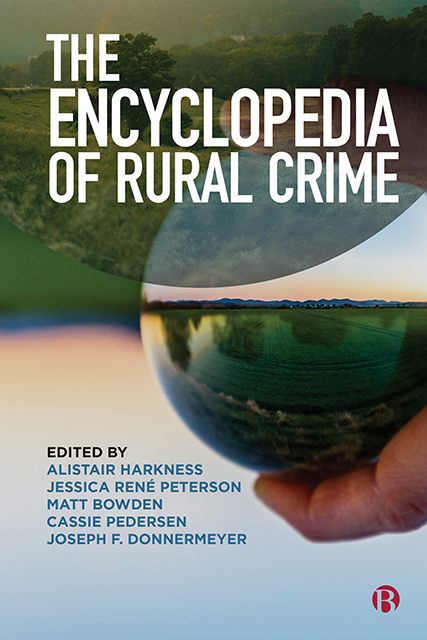Book contents
12 - Safety and Security Studies
Published online by Cambridge University Press: 20 June 2023
Summary
Safety is a perception on the part of individuals that places are not dangerous or that they are not at risk to injury or crime; security is the protection of a person, building, organization or country from crime or attacks by foreign countries or other outside entities. As a combination, safety and security are fields of study in criminology and criminal justice, and differ from and are not to be confused with security studies per se, with the latter part of political science and international relations. Security studies deal with security in international relations, whilst safety and security studies together predominantly address internal security matters of the state and of the peoples and communities within.
Safety and security studies can be found in many universities of Central and Eastern Europe, but also in Western Europe and in the United States. In this context, it is necessary to define safety and security with quite clear distinctions, even though sometimes the terms are used interchangeably. Many languages do not make a distinction between safety and security and consider both terms as one, but not so in English.
The term ‘safety’ refers to the condition of being protected from aspects of a situation that are likely to cause harm to individuals. Also, the term safety can be used to refer to the state at which one has control over things that might cause or increase harm; hence protecting oneself against unintended risks. ‘Security’ is broadly used to refer to the protection of individuals, organizations and assets against external threats and criminal activities that can be directed to such entities, hence rendering them inactive. It is important to note that security is highly focused on the deliberate actions that are geared towards inflicting harm on an individual, organization or even assets.
The study of safety and security is defined as the devotion of time and attention to gaining knowledge, especially by reading literature and conducting research, that increases understanding and knowledge about the dimensions of risks and harms from victimization. Universities, where safety and security studies are taught and researched, emphasize the role of the United Nations Sustainable Development Goals and other quality-of-life issues related to security and safety, especially concerning resilient communities and human and community security as well as social cohesion.
- Type
- Chapter
- Information
- The Encyclopedia of Rural Crime , pp. 50 - 52Publisher: Bristol University PressPrint publication year: 2022



